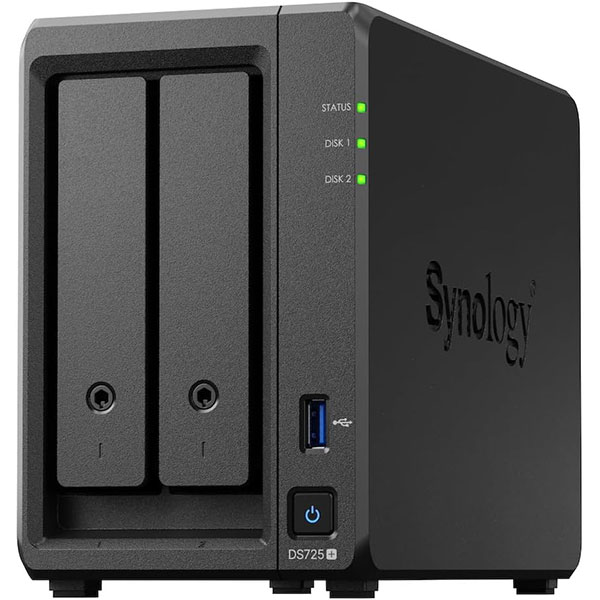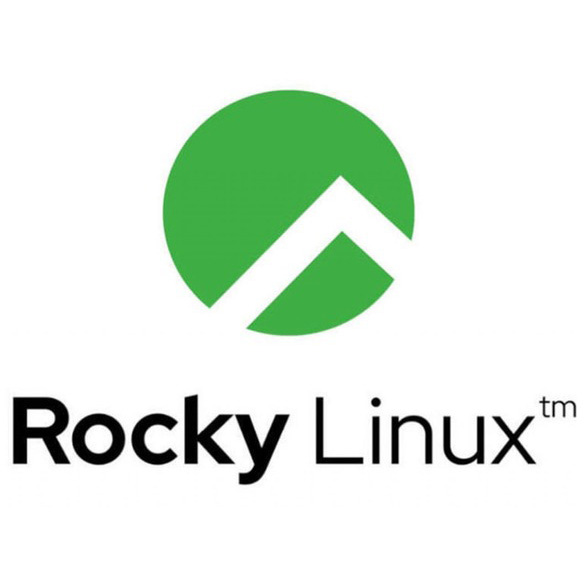主にWeb系のソフトウェア開発などのカテゴリです。
 技術系
技術系 Xプレミアムを1ヶ月利用してわかったことやメリット5選&SEO対策
11月末にXプレミアムが1ヶ月100円になるキャンペーンがありました。通常980円なのでかなりオトクです。有料版ちょっと気になっていたので加入してのレビューです。メリットあった機能アナリティクスが使えるTwitter時代は無料で使えてたもの...
 技術系
技術系 【Postfix】迷惑メール対策4選|送受信とも強化(SPF・DKIM・DMARC・Postscreen)
2025年12月末でGmailがPOP取り込みを終了します。今までGmailの「他のアカウントのメールを確認」で外部の受信メールを取り込んで1箇所にまとめることができましたが、今後できなくなります。メールをGmailに転送すれば今まで通りに...
 技術系
技術系 WordPress CocoonでSEO対策4選、不要なプラグイン8個削除して快適に
Cocoonでブログリニューアルしました。今まで使っていたテーマは「Twenty Thirteen」です。継続的にアップデートされてはいましたがさすがに古くて乗り換え先を探していたところです。Cocoon設定項目まず驚いたのは設定項目の多さ...
 技術系
技術系 DaVinci Resolveで動画編集はじめました
前々からやろうと思いつつやってなかった動画編集。3連休を利用してようやく取り掛かりました。DaVinci Resolve 20の無料版を使います。編集の勉強動画編集はAviUtlで動画をカットする程度しかやったことがありません。本格的に触る...
 技術系
技術系 【解決済】NASが遅いのWindows11のせいだった
前からずっとNASへのアクセスが遅く、そろそろ買い替えかなあと思っていました。ディレクトリ移動する時5秒くらい固まるんだよね。原因判明改めてネットでNASについて調べていたところ、SMB ファイル転送速度の低下という記事を見つけました。Wi...
 AI
AI Cursor使い始めた。エージェント機能便利すぎる
知人から「Cursor使ったら開発効率2倍になった」と聞いたので、2倍は言いすぎだろうと思いつつ試してみました。結論から言うと、確かにこれは2倍になるわ。今までのAI利用ChatGPTにコードの雛形を書かせたりエラー内容を調べさせています。...
 技術系
技術系 EvernoteからUpNoteに乗り換える
かれこれ13年ほど使っていたEvernoteですが、使える端末数に制限ができたり、アプリが微妙に使いづらくなったりと、だんだん不便になっていきました。最近はブラウザ版がよく動かなくなって、数日ごとにキャッシュクリアする必要があったり。そもそ...
 技術系
技術系 サーバの初期設定する(Rocky Linux 9.1)
CentOSからRocky Linuxに乗り換えました。さくらのVPSを使っているので、ところどころ www????.sakura.ne.jp として入力しています。ユーザ作成まずはrootのパスワードを変更します。# passwd作業用ア...
 技術系
技術系 サーバの初期設定する(Amazon Linux 2)
AWSを使う機会があったので忘れないようにメモ。数年前にも触ったことはあるんだけど、もう忘れてたwサーバ準備AWSコンソールから設定していきます。リージョン「アジアパシフィック(東京)」にする。ネットワークVPCダッシュボードからVPCウィ...
 技術系
技術系 Google Cloud Platform(GCP)で無料サーバ構築
Google Cloud Platform(GCP)には無料枠として「Always Free」というのがあります。GCP使ったことなかったので、今回初めて知りました。スペックCompute Engineにて、以下の仮想サーバを無料で使えます...